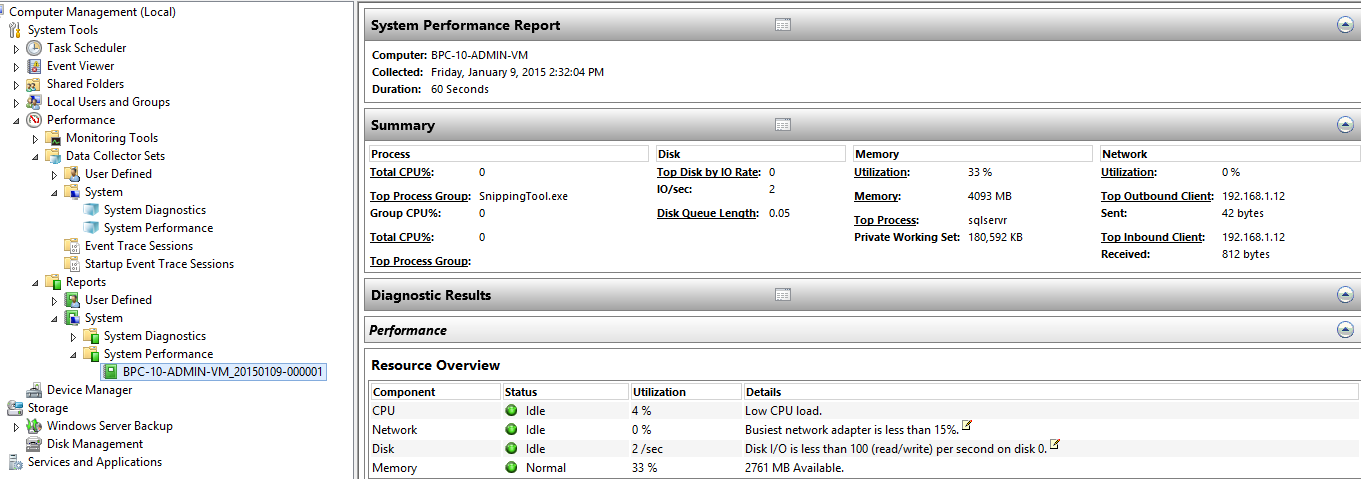As an IT professional, I was very interested in HANA when the product first came out to the market two plus years ago. Initially getting started on HAHA involved buying all physical hardware, which put smaller companies on the sidelines due to high start-up cost. Over time, HANA has truly transformed by getting more and more features added with the new service packs. It was not just the features, but also the support expansion that enables you to run HANA on the various vendor’s hardware and the ability to run it on virtualized hardware such as VMWare and AWS (Amazon Web Service). The best part from an IT perspective, is that while it used to take weeks or even months to setup HANA, now you can be up and running in matter of hours if you utilize providers such as AWS.
I have worked with HANA on physical, virtualized, and cloud platforms, and they all offer a wide range of performance and memory levels. HANA can currently be installed as standalone or scale-out (aka multi-server configuration). When it comes to HANA memory size capacity, you can scale up to 6TB of the memory for a single system, and the scale-out cluster can have up to 112TB+. When it comes to cloud offerings, they are not currently available with such a large memory capacity, but their offerings change for the better all the time. In my opinion, the fastest way to test HANA in your own environment would be to utilize virtualized hardware that most organizations already have in place. I know that some shops are mostly Microsoft, and since HANA runs on Linux they are hesitant about having to support a different operating system; but, to put this in perspective, more than 70% of all websites in the world run on some Unix operating system, and that is due to their flexibility and high reliability. Having to support multiple operating systems is inevitable. HANA was initially only offered on SUSE aka SLES (SUSE Linux Enterprise Server), and due to demand it is now also offered on Red Hat Linux. In my opinion, unlike Windows, Linux requires a lot less maintenance.



















